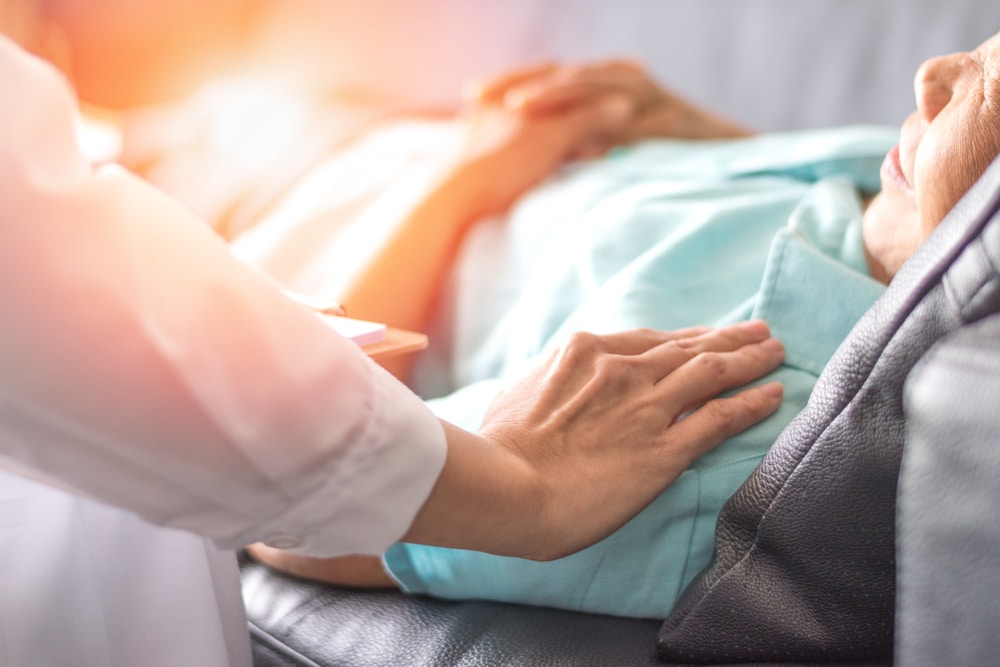Loved ones of hospice patients understandably want to be present for the death of their loved one, but determining exactly when this will be can be challenging. The hospice nurses at Suncrest Home Health and Hospice of Austin work with families and friends of patients to help them understand what is happening and what to expect in hospice care.
 The Realities of Entering Hospice
The Realities of Entering Hospice
Entering hospice care is both a beginning and an end. Many people have preconceived notions of what hospice looks like, such as patients who are bedridden and unresponsive. But hospice isn’t like that.
One of the most positive aspects of hospice care is that life-saving treatments are abandoned, allowing patients to achieve a kind of peace and comfort they did not have when they were actively fighting their disease. At this time, they may enjoy watching television, reading or doing puzzles or crafts.
In order to qualify to enter hospice, a patient must have a life expectancy of six months or less. So eventually, a patient’s disease will progress, and their condition will worsen.
Signs Death is Near in Hospice
Sometimes friends and family members of hospice patients are afraid to go home to shower or eat because they fear their loved one might die while they are gone. While it is not possible to predict time of death with great accuracy, there are some reliable signs that death is approaching:
- Change in breathing patterns
- Onset of or worsening mental confusion
- Loss of appetite/refusal of food and water
- More time spent sleeping
- Falling body temperature
- Loss of control over bladder and bowels
Falling Body Temperature
You may have noticed that many elderly folks’ hands feel cold to the touch. They may wear extra sweaters and keep the heat higher than they used to. This is mostly due to a change in metabolism. It comes on slowly, over time. But with a hospice patient, body temps can drop quickly.
Falling body temperatures, accompanied by lowered blood pressure, slowed breathing and other signs, are indicators that the patient’s body is shutting down to prepare for death. If you hold their hand or touch their face, it may be noticeably colder than it had been recently. Their skin also may look thinner, blotchy and even purplish as their body systems slow down.
At this time, death would be expected within days.
Our hospice nurses always offer patients’ loved ones their advice — based on their years of experience in hospice care — about how long they believe a patient has left to live. While this is a sad and difficult time, we know that providing loved ones with knowledge and information brings them a sense of peace.
Suncrest Home Health and Hospice provides the best in hospice care throughout the Austin, Texas, area. If you have an ill friend or relative considering hospice care, contact our team today. We’re here to help.

